Cornmarket and Great Dockray
The Explore Penrith trail helps you discover the centre of Penrith.
Cornmarket and Great Dockray
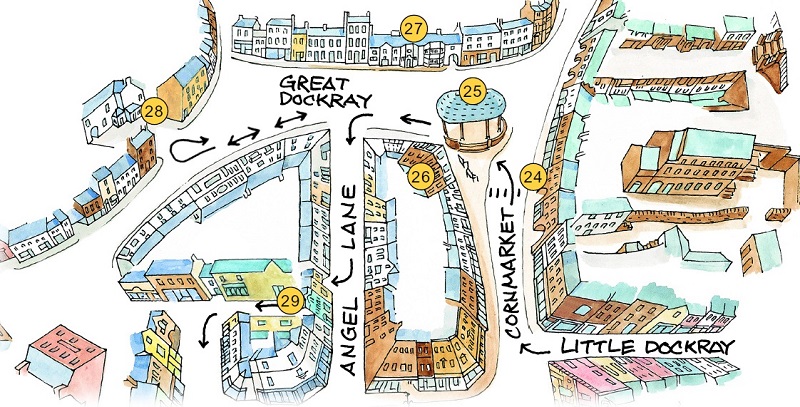
- Cornmarket was where grain used to be sold
outside the many inns, all of which provided
stabling for farmers’ horses. White Hart Yard,
(the first arched opening on the right hand side)
is so named because the building to the left was
the ‘White Hart’, a notable coaching inn. Directly
to the right was the ‘Griffin Inn’ where a mid-19th century landlord,
William Jameson, was a
wrestler of great renown. Penrith Museum holds
his trophies.
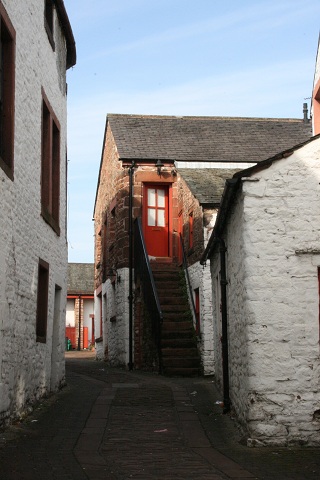
White Hart Yard 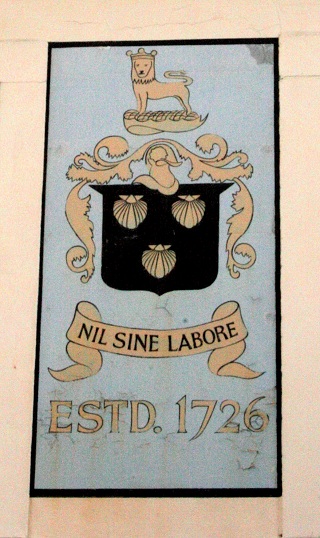
Sign - Nil Sine Labore - In 1983 the central area of Cornmarket was pedestrianised and the ‘market cross’ bandstand was built.
- The ‘Board & Elbow’ public house was formerly
the ‘Black Bull’; note the inscribed lintel to the left
bearing the date 1624. Turn left into Great Dockray.
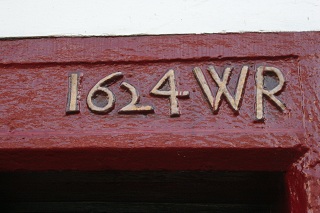
Board And Elbow lintel inscribed 1624WR -
When Richard III was Duke of Gloucester and Warden of the Western Marches
he lived in Penrith Castle but frequented Dockray Hall - hence his arms of two
boars rampant appear above the main
entrance. Above the other door there is the date
1580 and the initials of John Whelpdale who was
one of five original governors of Queen Elizabeth Grammar School.
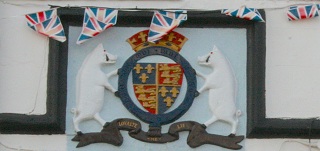
Dockray Hall - Two Boars Rampant 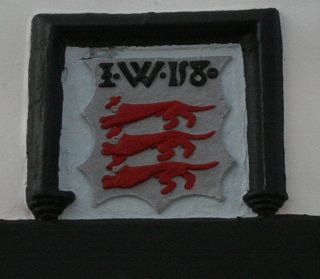
Dockray Hall - John de Whelpdale dated 1580 - Great Dockray, the largest of Penrith’s market
spaces was the cattle market in the 18th century.
At the far end of Great Dockray, next to the
‘White Horse’ public house is the ‘Two Lions’
former public house. This dates from before 1585
and was formerly the home of Gerald Lowther,
Sheriff of Cumberland in 1594.
Exit via Angel Lane.
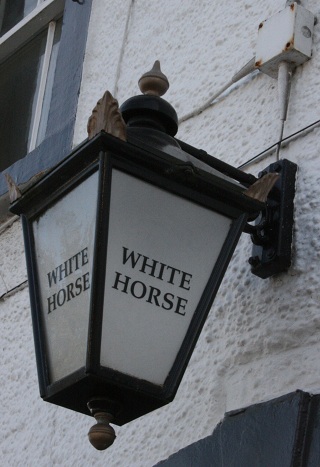
White Horse 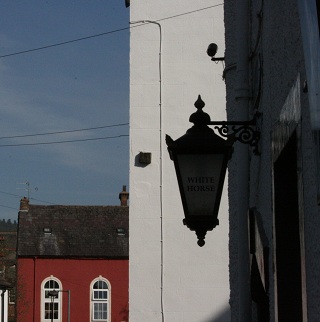
White Horse - The building a little beyond Exchange Lane
has an arched door pediment telling us the
premises had been rebuilt in 1763.
Turn back into Exchange Lane and enter Angel Square.

Exchange Lane 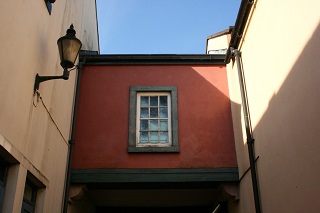
Exchange Lane

